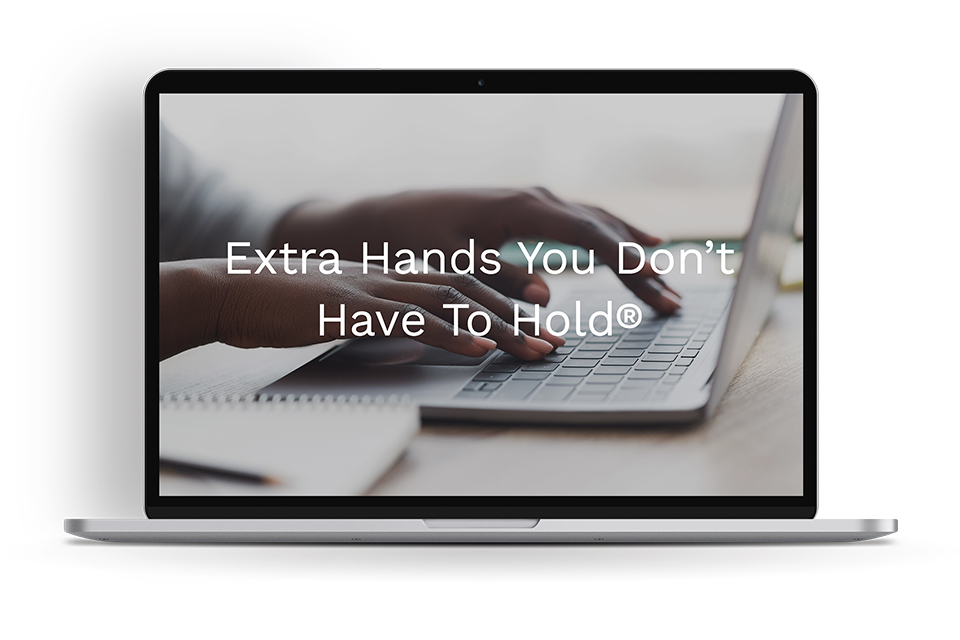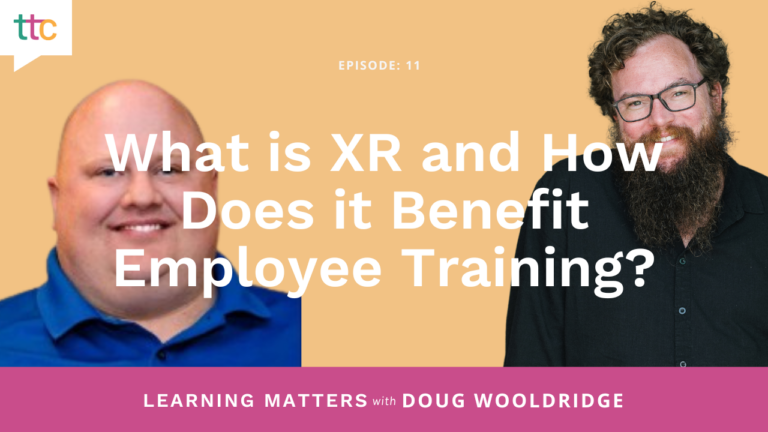Wouldn’t it be great if we could look into the future and see if our next hire is excelling six months down the road? Will they really be the best fit for our organization? Who we hire has a profound impact on our business. A bad match costs time, money, and sometimes even morale.
How do you get it right? Here are six tips we put into practice at ttcInnovations that you can use to get the right hire for your organization.
1. Culture
“Customers will never love a company until the employees love it first.” – Simon Sinek
When you’re bringing in new talent, remember the saying, “ATTITUDE IS EVERYTHING.” Focusing on culture and getting a sense of a candidate’s personality is one key to a finding a great fit. You absolutely must confirm a candidate’s competency, but optimism, willingness to work with you, and character are equally important. How will the candidate contribute when things get sticky? Behavioral interview techniques and culture conversations will uncover this information.
Pro Tip: A compelling résumé alone isn’t an indicator that a candidate is likely to contribute positively to the company culture. Take time to tailor questions or assessments specific to your culture.
2. Transparency is the Ticket
At ttcInnovations, we encourage our candidates to ask questions as they learn more about our company culture during the interview process to confirm we are a good fit for them. We feel strongly that it’s a two-way street. This starts with a strong job description and continues with an extremely transparent interviewing process. Our interviewing team takes care to review what a typical experience could look like and asks behavioral interview questions along the way to uncover competency and cultural fit. All the while, we are sharing our company culture along with role details, providing the candidate with a well-rounded view. Candidates should have a firm grasp of culture and expectations before a contract offer is made.
Pro Tip: Always allow time for questions! Often, I’ll even start my interviews asking the candidate for questions. I am always surprised if a candidate doesn’t have a question for me. I want them to be curious about at least one piece — even something as simple as what success looks like at our organization.
3. Portfolio Please
Every learning professional should have a portfolio when walking into an interview that displays their best work and showcases expertise. This is an expedient way to discern if the candidate’s style and competency is a match after an initial interview. Make sure to consult the candidate’s potential managers and peers for a robust and non-biased review. Additionally, confirm that your reviewers know the criteria beforehand so they can all score accordingly.

On-Demand Webinar
How to Build an Unforgettable Professional Portfolio: leverage your portfolio to wow decision-makers and land that next opportunity!
If the role doesn’t require a portfolio, I recommend adding an activity-based component to the interview. For instance, if you are hiring an editor, you can provide an editing assessment. Get creative!
Pro Tip: Find out if samples were a highly collaborative effort and, if so, the candidate’s specific contribution. We request a description along with each sample.
4. Keep the Human Touch
Following up with candidates in a timely manner is important when notifying them of next steps. Applicant Tracking Systems are a critical part of the process and often send out auto-notifications to candidates, helping keep everyone up to date. Make certain, however, that candidates are still receiving some human interaction along the way. Remember, you want them to fall in love with your organization as well, and who doesn’t appreciate communication? If an enthusiastic candidate follows up with my team, we respond with an update and timeline. We always appreciate pro-activeness!
5. What Are Your Intentions with My Organization?
Consider including this classic question: “Where do you see yourself in five years?” This question provides more insight than you might think! What are the candidate’s business goals and aspirations? You are looking for someone who believes in your organization’s mission and values and is ready to contribute. Get the conversation started with this question as your launching point to find out your candidate’s intentions.
Pro Tip: Print out your questions or have an outline/hiring guide at your fingertips. Keep your questions consistent among job seekers for easy comparisons. One of my favorite questions to add to an interview: What is one of the biggest misconceptions people have about you?

One FREE Week!
New clients, tap into our talent with one week of Innovators on Demand® on us.
Get started with one of our skilled Innovators.
6. Recruit Recruit Recruit
No open positions? Continue to accept résumés and referrals to keep your database full of potential hires. Stay connected with your candidates by updating them on hiring cycles, inviting them to company webinars, or sending them your company newsletters. Your potential talent pool will grow and your recruiting efforts will diminish once positions open.
If you’re short on time and looking for an efficient and easy process for hiring employees, we can help with our Innovators on Demand™! Within just two business days we’ll match you up with the perfect learning professional who can jump right into your environment and help you #UnlockInnovation!
We’re equipped to fill the following roles:
- Program Manager
- Project Manager
- Senior Instructional Designer
- Instructional Designer
- Instructional Technical Designer
- Learning Consultant
- Administrative Support
- Editor
- Facilitator (live + virtual)
If you’re interested in getting more information, we welcome you to reach out to Contact Debbie for all your staffing needs!







